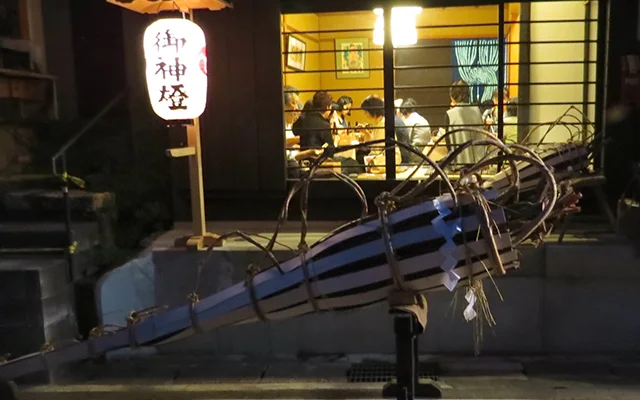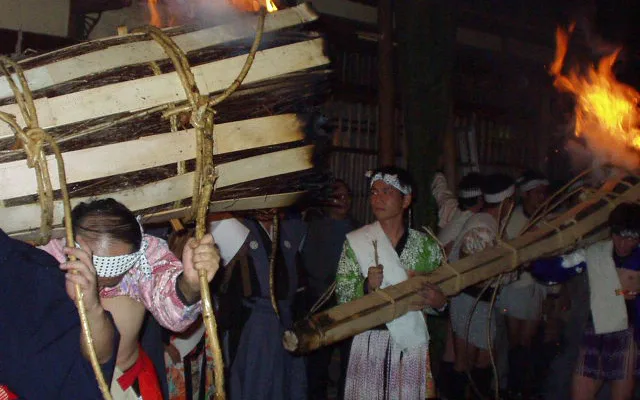What is the Kurama Fire Festival?
Learn about the origins and the spiritual aspects of the spectacular Japanese fire festival that takes place in the Kyoto area.
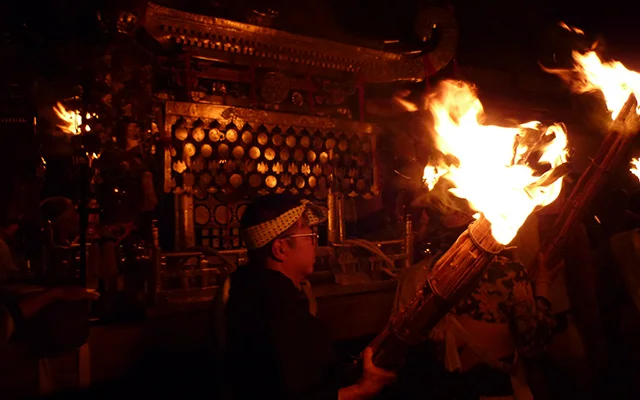
The Kurama Fire Festival (Japanese: 鞍馬の火祭 -No Hi Matsuri-) is one of the most famous fire festivals in Japan. It is an annual celebration organized by a Shinto Shrine in a small mountainous village in the Kyoto area.
The event is characterized by a series of eccentric ritualistic processions that have a thousand years history and attracts over 10.000 visitors from the whole country and abroad. The festival attendants have the opportunity to admire a “fire parade” which crosses the streets of the small community before reaching the local Shinto Shrine.
Around 250 small and bigger flaming torches are carried by hundreds of participants who are dressed in traditional costumes. The ritual is taking place in the evening dusk and the whole concept builds up a highly spiritual and primeval atmosphere that offers the sentiment of traveling in the past.
Why Kurama Festival is celebrated?
The significance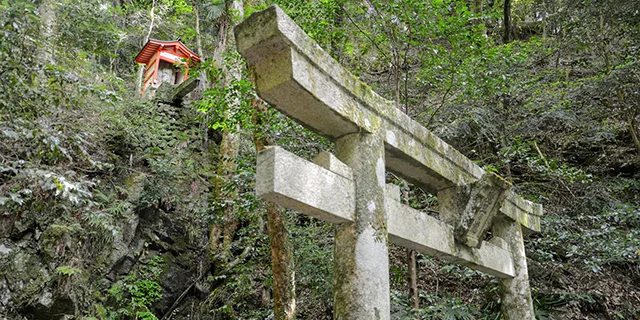
The Kurama Fire Festival has its roots in the Heian era (794-1185). It was a turbulent period when many wars and natural disasters have occurred, while its history is related to the capital city Heian-kyo which was situated in the area of the modern city of Kyoto.
In 940 the Emperor Suzaku decided to move the Yuki-jinja Shrine from Heian-kyo to mount Kurama, some kilometers north of the capital. Today’s festival is a reenactment of this event as expected if includes a series of historical and spiritual connotations.
Historical aspect
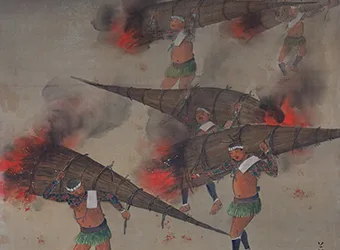
During the first half of the 10th century, the Japanese Empire suffered from great earthquakes and numerous conflicts that led to public disruption. In order to save the country from any further disasters, Emperor Suzaku decided to move the Yuki-jinja Shrine from the capital Heian-kyo to Mount Kurama.
The mountain of Kurama was situated north of the city and given that the north was considered as the gate for evil spirits and demons, it was an ideal place to locate the Shrine for protection to the capital. The Shrine-relocation that was initiated in 940 AD involved the whole community and especially the villagers of the Kurama area.
Spiritual aspect
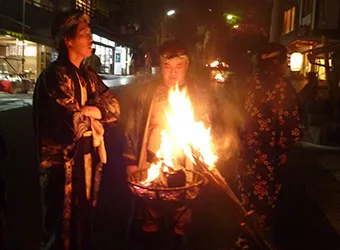
The Shrine-moving project, apart from the technical part, involved a spiritual aspect too which was considered the most significant one. The deity Yuki Daimyojin and other “kami” (spirits, gods and deities of Japan’s Shinto religion) had to find a passage to their new home.
For this reason the faithful lit fires along the road to facilitate the deities finding their way. Some historical sources point out that this ritual was accompanied by a majestic imperial torch procession. The local inhabitants were deeply impressed by this event and from that time an annual reconstitution of the torch parade is taking place in Kurama commemorating the kami passage.
Where, when and how it is celebrated?
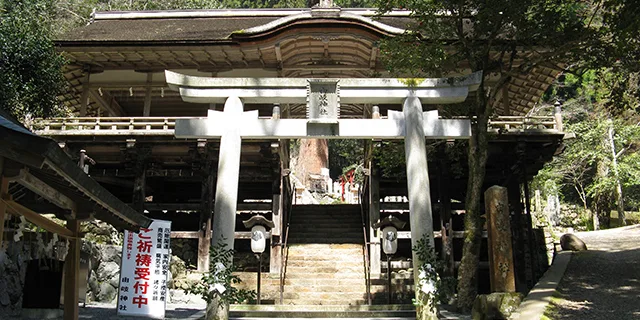
The Kurama fire festival is held annually on the 22nd of October in Kurama. Kurama is a picturesque rural village located in the northern part of Kyoto, while it can be reached by car or train on a trip that takes approximately 45 to 60 minutes. The whole day is dedicated to honoring the deities and spirits of the Yuki Shinto Shrine but practically the festival events start at sunset and evolve during the whole evening until midnight.
The village of Kurama is located in a scenic narrow valley and got its name from the mountain of this area. Many festival attendants are arriving early in the morning and spend some time around since the village is well known for the hot springs (Kurama onsen) and the amazing colors of its natural landscape in the fall. Later in the evening is the timing when thousands of visitors reach Kurama train station and spread in the small village streets.
As darkness falls, the locals lit bonfires (Japanese: 篝火 -kagaribi-) in front of the entrance of their houses. At 6:00 pm the verbal signal “Shinji ni mairasshare” (the festival has just begun) makes the parade participants light up their fire pine torches (Japanese: 松明 -taimatsu-). The procession members yell “saireiya, sairyo!” (have a good festival) and they move towards the Yuki Shrine. At around 8:00 pm the people gather at the Shrine for worship and praying and then a portable shrine (mikoshi) that is carried out by the faithful, follows the parade along the streets of Otabisho district. As the mikoshi descent the shrine entrance, the ritual culminates, while at 2:00 am it returns to the Yuki Shrine and the event reaches its end. Then, many festival observers continue to feast with some beers around fires while others head to Kurama Station to catch the train to Kyoto.
